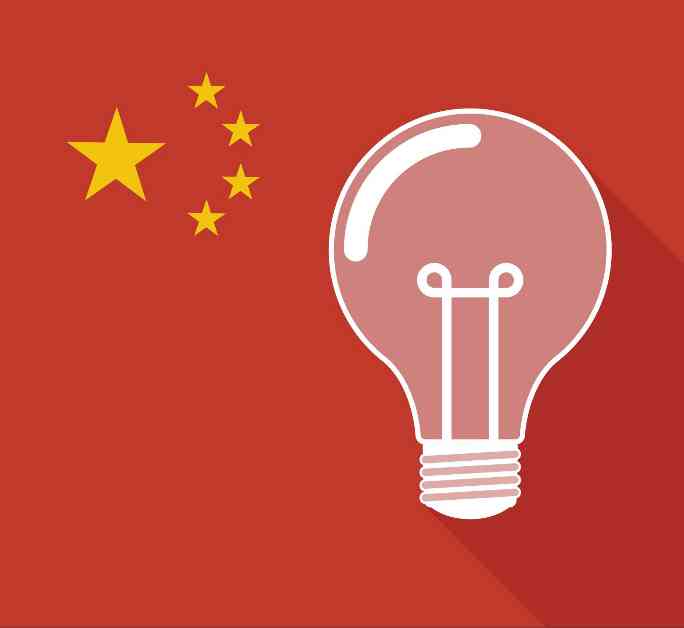In 2024, China made significant changes to its patent laws and practices with the release of revised regulations and guidelines. These adjustments aimed to enhance patent quality, increase examination efficiency, and strengthen patent protection. One of the key changes introduced was the principle of good faith, which requires patentees and applicants to act honestly and trustworthily in seeking and enforcing Chinese patents. Violations of this principle could lead to rejections, invalidations, investigations, and fines.
Another significant change was the substantive examination of utility models. Previously, utility models in China did not undergo substantive examination before being asserted, leading to a high number of granted Chinese utility models. However, with the new guidelines, utility model protection has become slower and more expensive, causing a decrease in filings and grants.
The revised regulations also expanded the grace period for public disclosures at academic or technical conferences, allowing for more flexibility for inventors. Additionally, the implementation of Patent Term Adjustment and Patent Term Extension brought about uncertainties and changes in patent terms for certain products, such as pharmaceuticals.
Looking ahead, the outcome of the upcoming U.S. presidential election is expected to introduce considerable uncertainty in China-U.S. relations, which could impact patent laws and practices. Depending on the election results, there may be shifts in policies towards China that could affect patent efforts by applicants and patentees in both countries.
Overall, the changes in China’s patent landscape in 2024 reflect a continued effort to improve patent quality, increase efficiency, and strengthen protection. The implementation of new regulations and guidelines will require patentees and applicants to adhere to the principle of good faith and navigate the evolving patent landscape in China.















